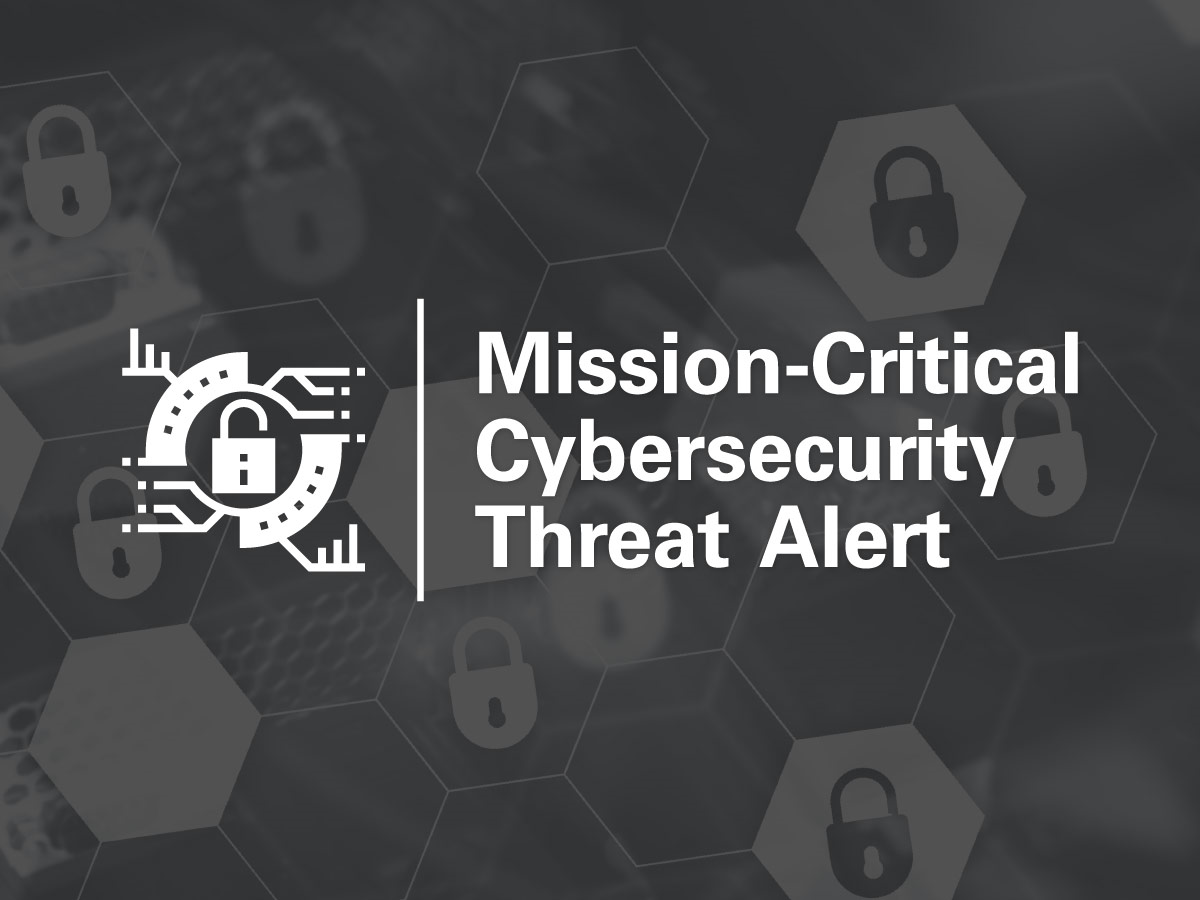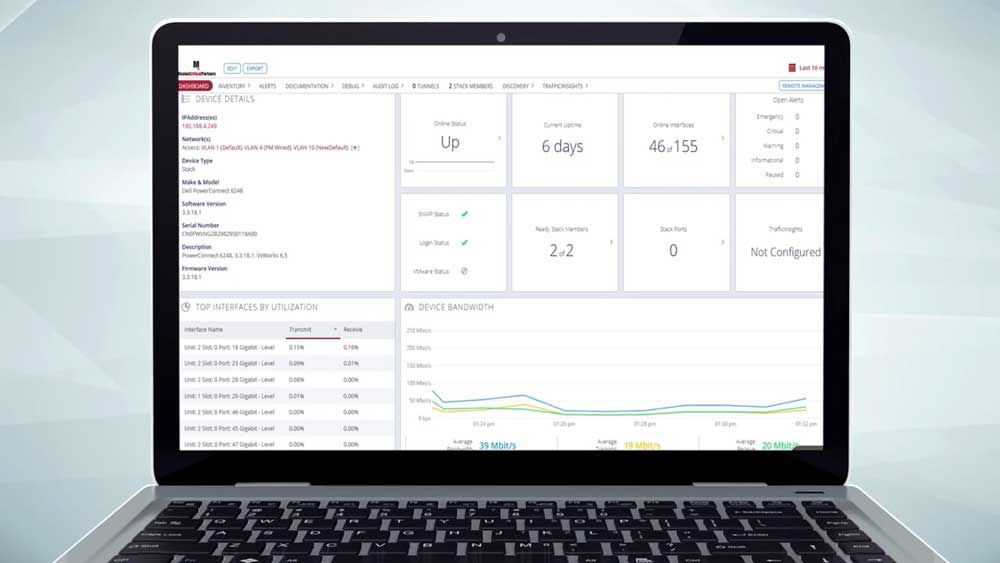Succession Planning Is a Must for Every Emergency Communications Center
The term “baby boomer” applies to anyone born between 1946 and 1964. There have been a lot of us—according to the U.S. Census Bureau, about 73 million in total. And by 2030, all of the baby boomers will be 65 or older—which means that many are leaving the workforce. In fact, the Census Bureau estimates that about 10,000 people cross the age threshold every day. It further is estimated that about 365 Americans retire every hour. Consequently, every emergency communications center (ECC) needs to start planning now for the so-called “silver tsunami,” which promises to exacerbate the staffing shortages that many centers already are experiencing.












